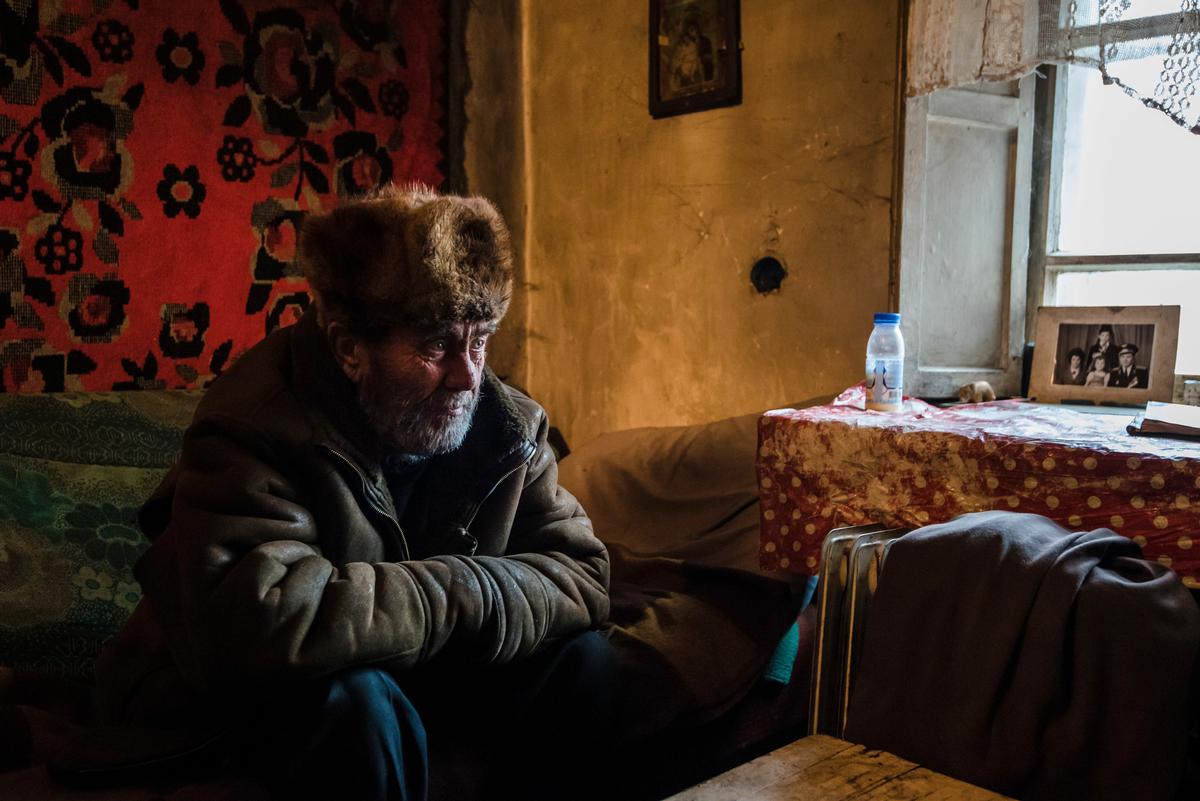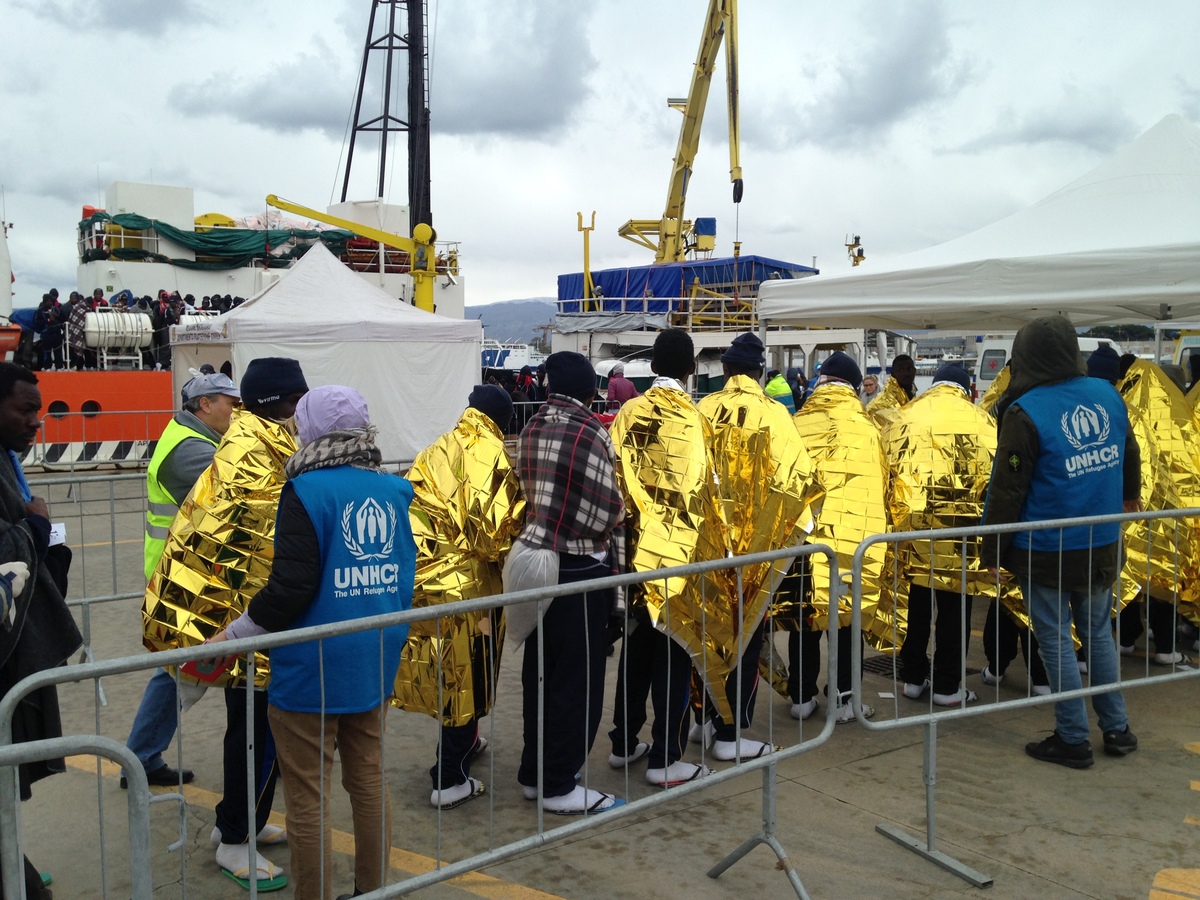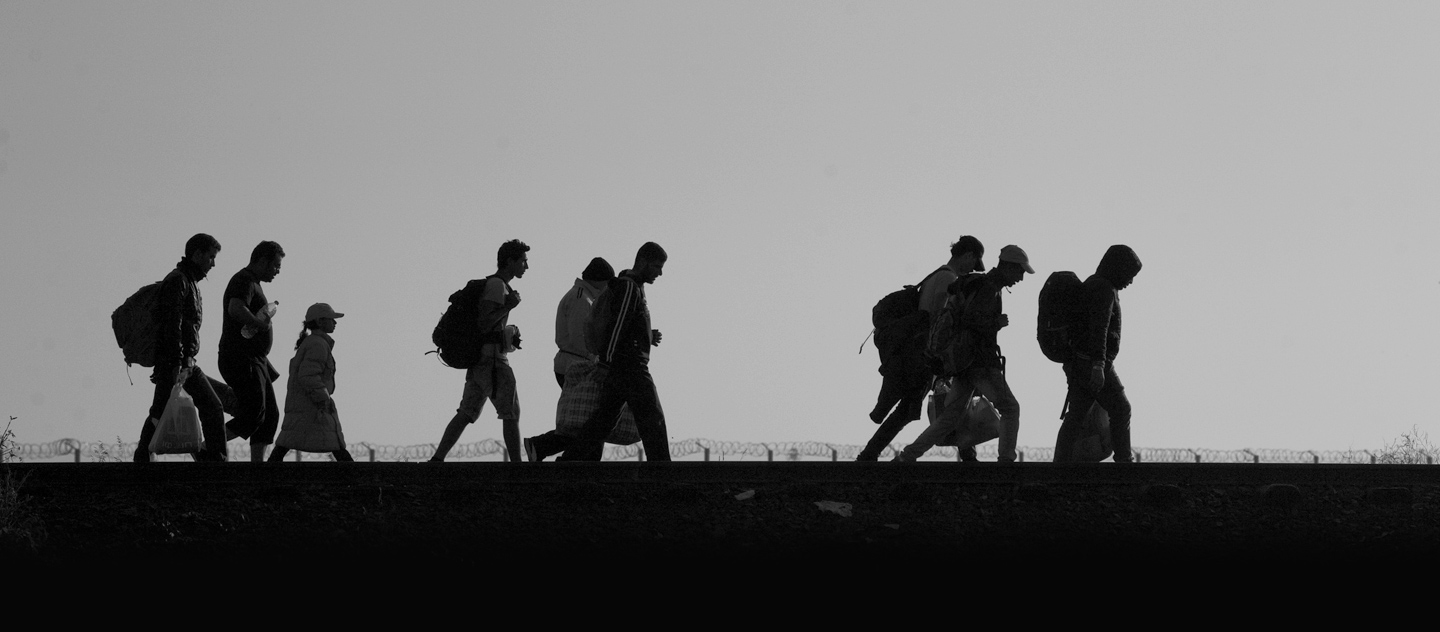Statistics of two decades of asylum
Statistics of two decades of asylum
Over the last two decades of the 20th century, some 8.4 million asylum applications were lodged in Europe, North America, Australia, New Zealand and Japan, according to a comprehensive new statistical report by UNHCR. The report, "Asylum Applications in Industrialised Countries: 1980-1999," provides asylum statistics and highlights asylum trends for 37 mostly industrialised countries.
The peak year for asylum seekers in the 20-year period covered by the report was 1992, which saw some 856,000 applications. The numbers dropped to some 465,000 by 1996, and then increased for the rest of the decade to around 652,000 in 1999.
In total for the two decades, Europe received 75 percent of all the asylum applications filed in the 37 countries covered by the report. North America received 24 percent, while Australia, Japan and New Zealand together recorded 1 percent of all the claims submitted.
In the 1990s, the largest number of asylum applicants in industrialised countries came from the former Yugoslavia (including Bosnia and Herzegovina, Croatia, FRY Macedonia, Slovenia and FR Yugoslavia). The next largest number was from Romania, followed by Turkey, Iraq and El Salvador. Afghans represented the eighth largest group of asylum seekers in industrialised countries over the course of the 1990s, with some 164,500 applications.
The report includes never-before-published statistics from the 1980s as well as a chapter of pre-1980 asylum statistics.








